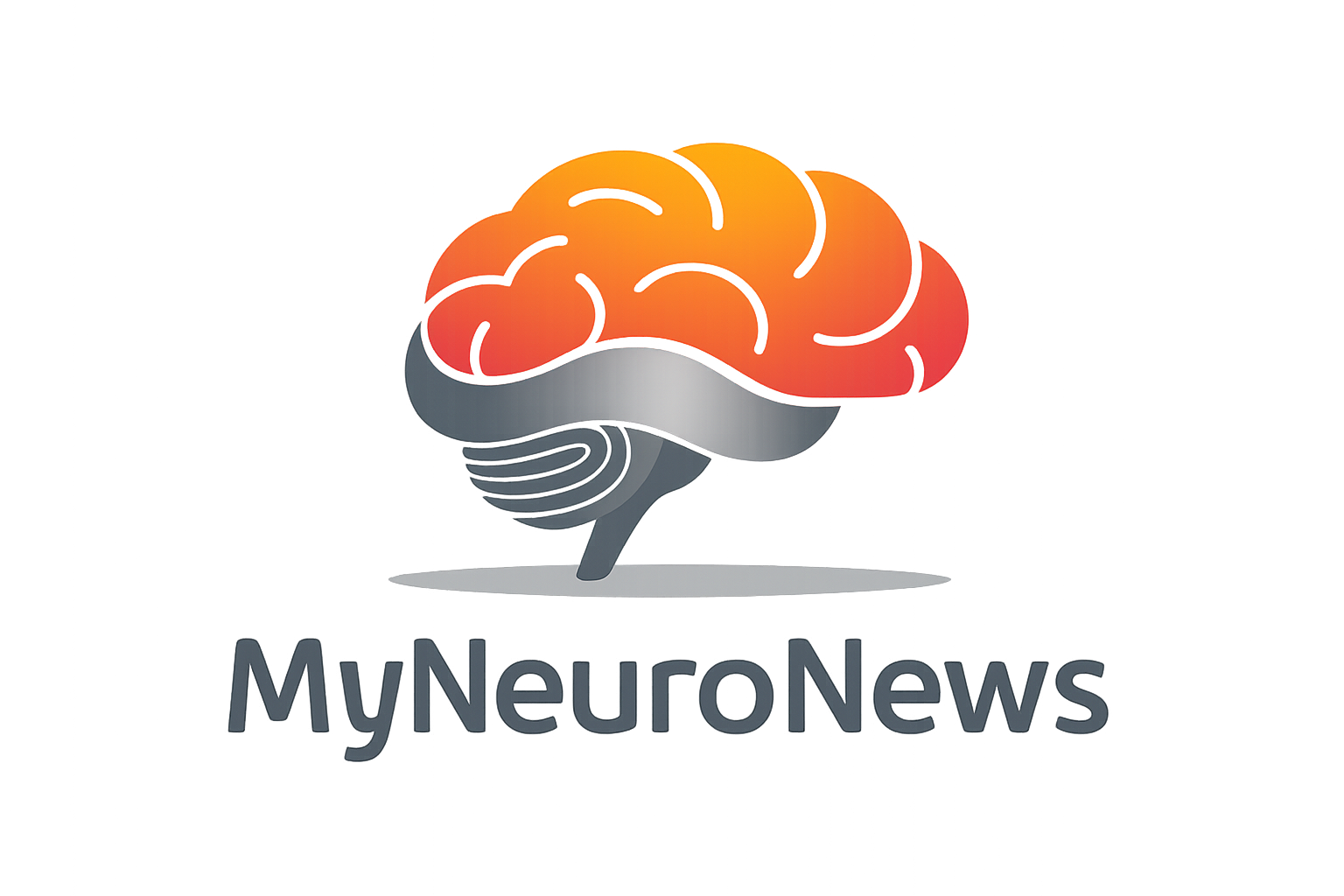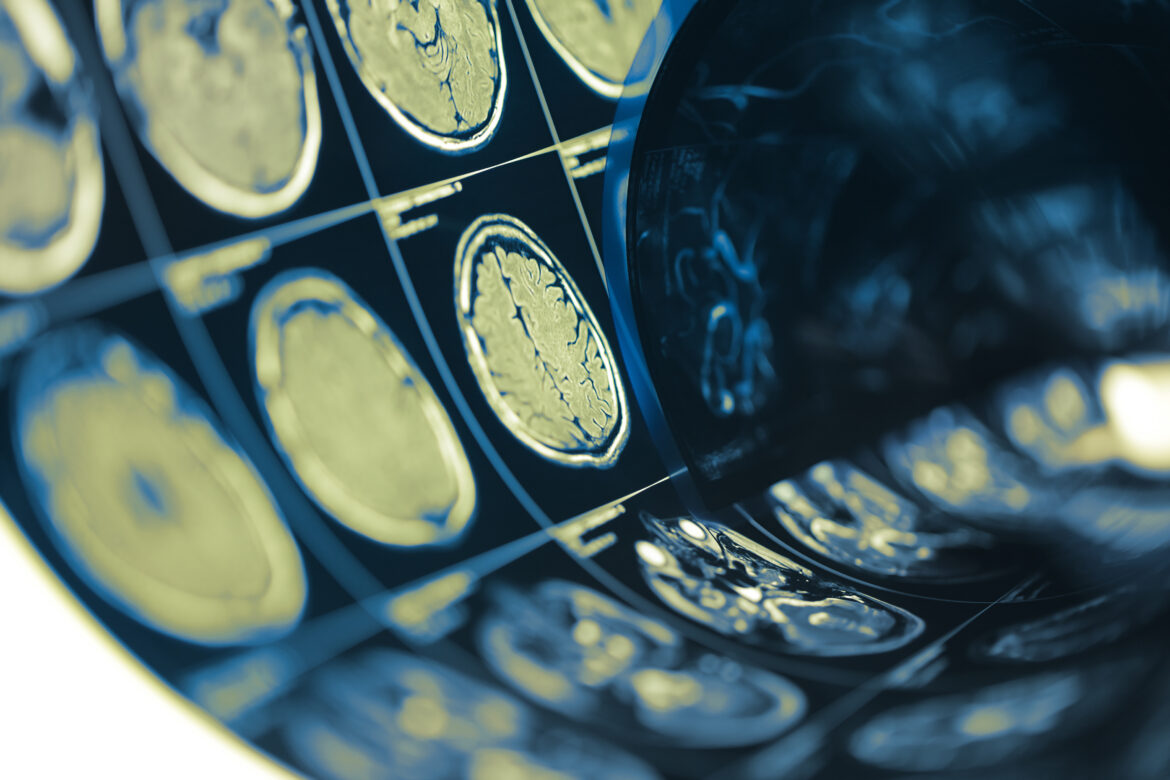The connection between repeated head trauma and long-term health issues has gained significant attention in recent years, especially among athletes in contact sports. A complex picture is emerging, challenging the common belief that chronic traumatic encephalopathy (CTE) is the primary or only factor driving the symptoms experienced by those with a history of concussions. This article delves into the multifaceted nature of brain injury due to repeated head trauma, the limitations of current diagnostic approaches, and the promise of emerging biological markers in understanding and addressing these cases more effectively.
The Scope of Head Trauma in Sports
Athletes in contact sports frequently experience head impacts, which often lead to concussions—transient disruptions in brain function that, while considered mild injuries individually, can accumulate over time. Evidence suggests that this cumulative trauma can lead to an array of symptoms, including cognitive impairment, memory loss, mood disorders, and behavioral changes, which may manifest years after the initial injuries. However, understanding the underlying causes of these symptoms has proven challenging, and recent research suggests that CTE, while present in some cases, may not explain the full spectrum of issues.
Unpacking CTE and Its Limitations
CTE has been one of the primary focuses of research on post-traumatic symptoms in athletes. Characterized by abnormal protein deposits (tau protein aggregates) in the brain, CTE is typically linked to symptoms such as memory impairment, aggression, depression, and suicidal thoughts. However, as scientists study more cases, it becomes clear that not all individuals with post-concussive symptoms show signs of CTE upon examination. Moreover, some athletes who demonstrate severe behavioral and cognitive symptoms may not exhibit any significant neuropathological changes upon post-mortem analysis, suggesting that other factors may contribute to these symptoms.
Beyond Proteinopathies: Examining DNA Damage in Brain Trauma
One of the most promising developments in understanding post-concussive symptoms has been the recognition of DNA damage as a potential contributor to the cognitive and behavioral challenges faced by those with repeated head injuries. DNA damage, observed in the brains of individuals with a history of concussions, appears to play a notable role in neurodegeneration. In particular, research shows that phosphorylated histone H2AX (γH2AX)—a marker of DNA damage—correlates with both age at death and specific symptoms, such as language dysfunction.
Why DNA Damage Matters in Brain Health
DNA damage can disrupt the normal function of cells, leading to cellular degeneration and impairing the brain’s ability to repair itself effectively. In individuals with a history of head trauma, DNA damage is often found in areas such as the ependymal lining of the brain’s ventricles. This type of cellular injury may lead to symptoms commonly associated with brain aging and neurodegenerative diseases, like memory loss and language difficulties. By examining DNA damage as an additional factor in head trauma, researchers can explore new diagnostic pathways and potentially identify cases that don’t exhibit traditional proteinopathies like those seen in CTE.
Age and Symptomatology: Not Just a Young Person’s Issue
Interestingly, the age at death of individuals with neurodegenerative diagnoses following head trauma spans a wide range, from those in their 30s to those in their 70s. Older athletes with a history of concussions were often diagnosed with mixed neurodegenerative pathologies, including Alzheimer’s disease and other proteinopathies, which impact memory, language, and sensory function. In contrast, younger athletes might exhibit behavioral and mood changes without the same type of neuropathological findings seen in older individuals. This disparity highlights the diversity of brain responses to trauma and reinforces the importance of looking beyond CTE and tau proteinopathy when diagnosing and treating post-concussive symptoms.
The Role of Biological Markers in Enhancing Diagnosis and Treatment
While traditional neuropathological methods remain invaluable, the growing awareness of DNA damage and other biological markers is opening new doors in the assessment and management of post-concussive symptoms. Integrating these markers into diagnostic approaches could help identify individuals at risk earlier and guide tailored interventions. Furthermore, exploring DNA damage markers in conjunction with other factors, such as inflammatory markers or genetic predispositions, could lead to more comprehensive and personalized treatment plans for those affected by head trauma.
Moving Towards a Symptom-Driven Approach
A common thread in the latest research is the need for a symptom-driven approach to post-concussive care. The emphasis on diagnosing CTE has, in some cases, overshadowed the broader spectrum of symptoms that former athletes experience. By focusing on a detailed clinical profile, healthcare providers can better understand the specific challenges an individual faces, irrespective of whether they have classic neuropathological markers of CTE.
This approach means taking each symptom—whether cognitive, behavioral, or sensory—into account and addressing it as part of a larger picture, rather than attributing it to one definitive condition. This more holistic approach can also aid in the development of interventions that target the underlying mechanisms of brain injury more effectively, improving outcomes for affected individuals.
What This Means for the Future
The findings surrounding DNA damage and other biological markers represent a promising shift in understanding brain trauma. By broadening the search for potential markers and moving beyond traditional proteinopathies, researchers and clinicians are better equipped to recognize and address the full scope of damage caused by repeated head injuries. This shift could also inform policy changes in sports organizations, as the science increasingly shows that protecting brain health is about more than just avoiding concussions.
For individuals with a history of repeated head trauma, these insights offer hope. Understanding that symptoms may have a basis in DNA damage rather than only protein aggregation can lead to new approaches in treatment, potentially slowing or even preventing the progression of symptoms.
Final Thoughts
The impact of repeated head trauma extends beyond the visible signs of conditions like CTE, revealing a complex interplay of cellular damage, aging, and individual symptom patterns. By recognizing DNA damage and exploring a range of biomarkers, the scientific community is taking significant steps toward a more nuanced understanding of brain trauma. As research continues, it will be essential to integrate these findings into diagnostic practices, ultimately improving the quality of life for those affected by repeated head injuries in sports and other high-risk activities.
This broader, symptom-focused approach could lead to more personalized and effective treatment strategies, providing hope for the athletes, veterans, and others who face the lasting effects of head trauma. For those involved in sports, understanding the diverse consequences of head trauma may serve as a vital reminder of the need for protective measures and ongoing support throughout and after their careers.

